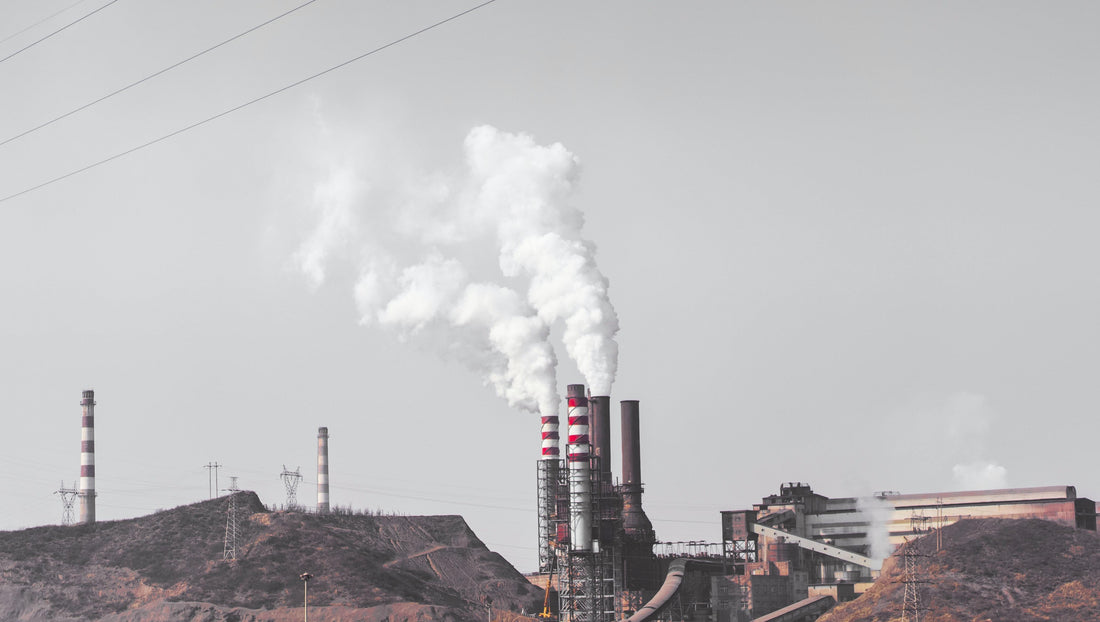The world has become addicted to plastic. In 1950 we only produced around 2 million metric tons of plastic annually. This has however risen to more than 400 million metric tons which equals to 2 billion average sized olympic swimming pools filled with plastic every year. If we continue like this yearly production can rise to 1.1 billion metric tons by 2050 which equals to 5,5 billion swimming pools filled with plastic.
While plastic is commonly used due to its strength and weight, it's no secret that consuming a huge amount of plastic comes at a terrible environmental cost. So, how does plastic waste affect climate change? There are 5 facts about how our plastic addiction impacts climate change:
1. Resource extraction: First of all, plastic originates from fossil fuels. So first, fossil fuel needs to be extracted (fracking), which can release certain amounts of methane and CO2.
2. Production: The majority of emissions comes from the production of plastics. The process of plastic manufacturing is very energy intensive, and depending on the fuel used to generate the energy, emissions can be very high.
3. Incineration: The amount of plastic waste that is incinerated has steadily increased over the years. Since plastic is made from fossil fuels, its incineration essentially means burning fossil fuels, releasing significant emissions. Heat released contributes to global warming as well.
4. Landfill: Plastics that are landfilled release only a small portion of the total emissions. However, landfills consume huge amounts of land that could be used for other essential things. Leaching of toxic chemicals could be a concern as well.
5. Dumping: The rest of plastic ends up in the natural environment, and certain plastics release methane when exposed to sunlight (methane is 80 times more potent than CO2).
Source: Bloomberg Green

